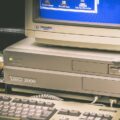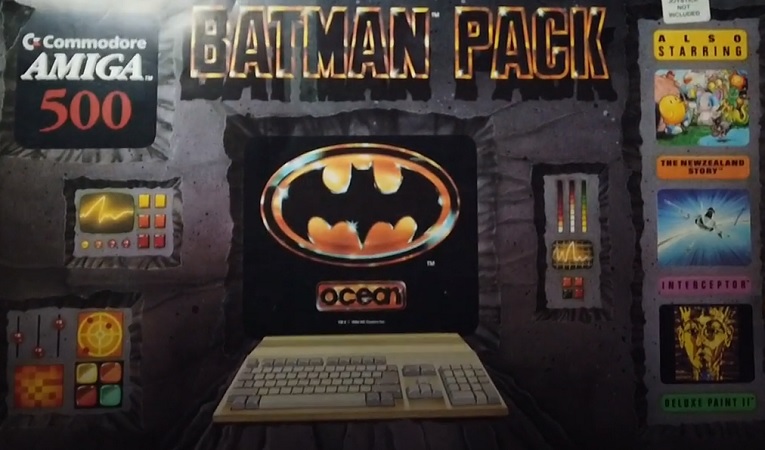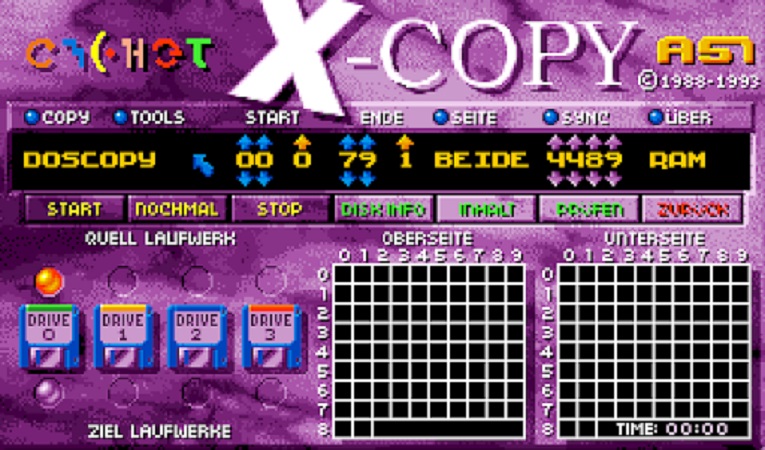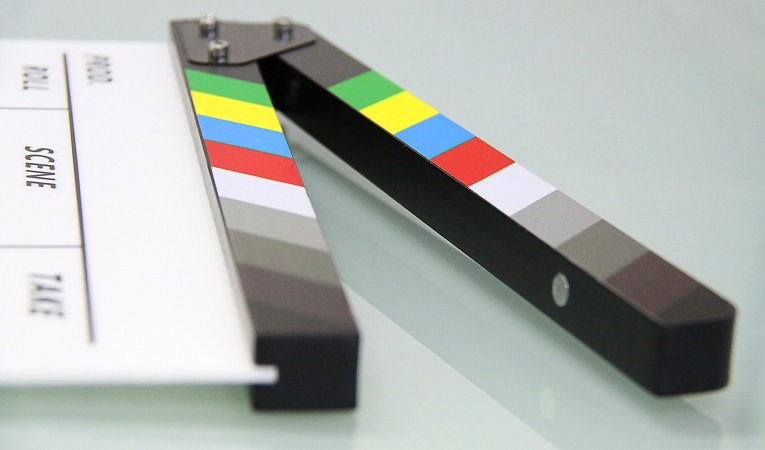![]()
Programs come and go. They’ll get updated, see revisions, and eventually may end up being discontinued entirely. And given how long Commodore Amiga has been around, there are plenty of programs that once saw the limelight on our favorite computer platform, but have since fallen out of favor. Lets take a trip down memory lane with these beloved but forgotten Commodore Amiga programs.
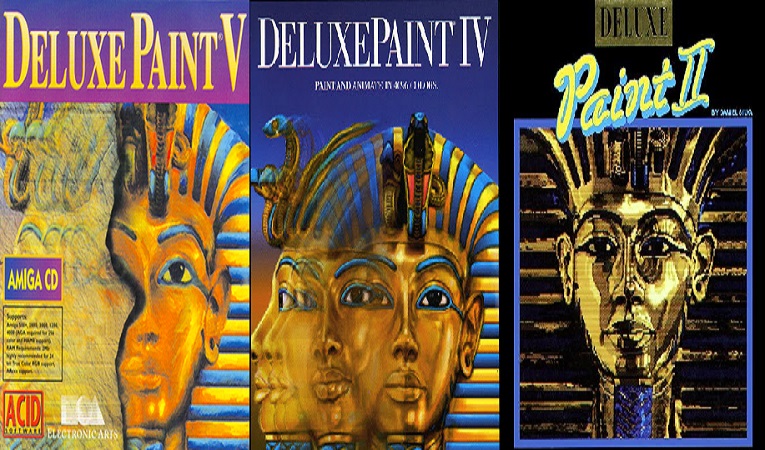
Deluxe Paint was the showcase the Amiga deserved, vividly demonstrating the elegantly powerful custom chipset architecture and pre-emptive multitasking operating system. With a palette of 4096 colours at 320×200 pixels resolution. Among Amiga paint programs, Deluxe-Paint remains the standard by which the others are judged. It’s the essential tool in the Amiga artist’s palette; indeed, many Amiga owners bought their machines just to run DeluxePaint. With many features, such as the polygon tools, airbrush and text tool are just a few of them. Brush-tool options let you pick up part of your picture and draw or earse with it, warp, resize, rotate, outline or recolor it; or wrap it on any polygon. Pull-down menus control file handling and screen format: custom brush options like flip, rotate, and bend: and effects such as smear, blend, and smooth. Special features include perspective, a complex, keyboard-driven system for tilting any brush or screen to create the illusion of spatial depth, and stenciling, for masking selected colors or areas so they can’t be painted over. Using DeluxePaint ‘s animation tools, you can create moving demonstrations, presentations, and simulations. Numerous improvements and additions were made to DPaint over the years, often closely tracking new developments in Amiga graphics technology.
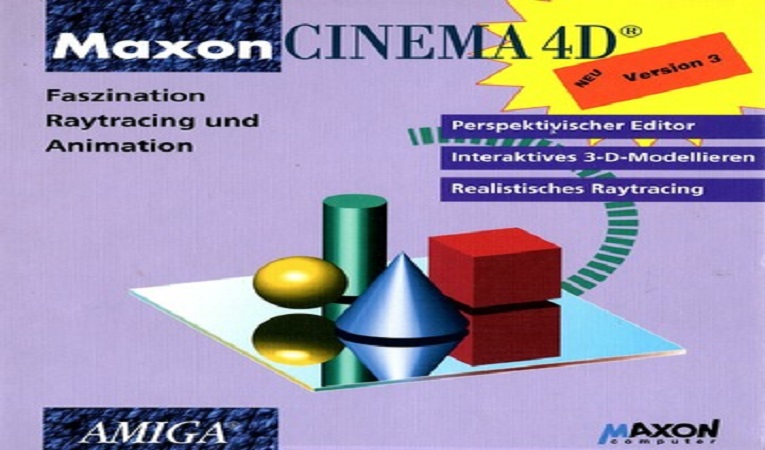
Cinema 4D from Maxxon computers was a easy to use 3D modelling, rendering, painting and animation software. Initially, Cinema 4D was developed for Amiga computers in the early 1990s, and the first three versions of the program were available exclusively for the platform. Cinema 4D makes it one of the most used software solutions in many creative fields using the Amiga platform in the 90’s, it’s all about how fast, performing, flexible and powerful its tools are, allowing users to create incredible, complex and realistic effects both on still images and animations.
![]()
Protracker was the standard tool for making great digital music used by game designers or composers on the Commodore Amiga in the early 90s. Using 4 channels of 8-bit sampled sound and a maximum of around 1MB of ram. ProTracker allows the user to create sequences of notes called “patterns”, which are chained together to form a complete song. Music created in ProTracker uses the MOD file format. Later versions also extended the MOD format by increasing the maximum number of patterns from 64 to 99, and adding a number of additional effects. ProTracker was capable of playing back music at the correct speed on both NTSC and PAL computers, something other trackers had problems with.
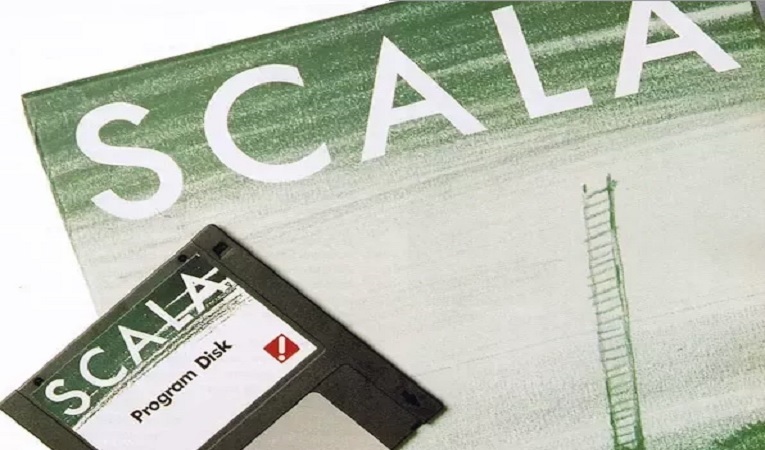
The capabilities of ScalaMM made it a very popular program on the Amiga platform. If it has anything to do with getting video on the screen and music out of the speakers, ScalaMM can do it. ScalaMM comes with the main program (the editor), a runtime player, Animlab for building and converting animations, and ScalaPrint which prints out the pages of your presentation. On the multimedia side of things, you can make completely interactive presentations with buttons, loops, etc. Scala supports MIDI, laser disks, Canon ION still video, CDTV links, and is ARexx addressable. Building presentations could not be easier.
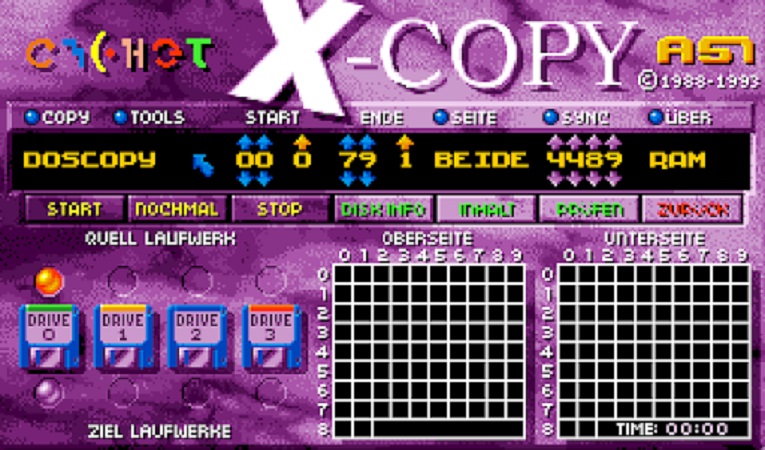
X-Copy was one of the most well known disk copying programs for the Commodore Amiga, with countless users all across the globe. There are two things everybody remembers most about using the Commodore Amiga, the first is the iconic Amiga Workbench hand, and the second is watching XCopy counting zeros, a great program practically designed for piracy and probably most loved Amiga program ever. It embodies so much of what made the Commodore Amiga so accessible and memorable for so many people. Piracy, like the demo scene, was absolutely just a part of every day life for the Amiga users in general.
